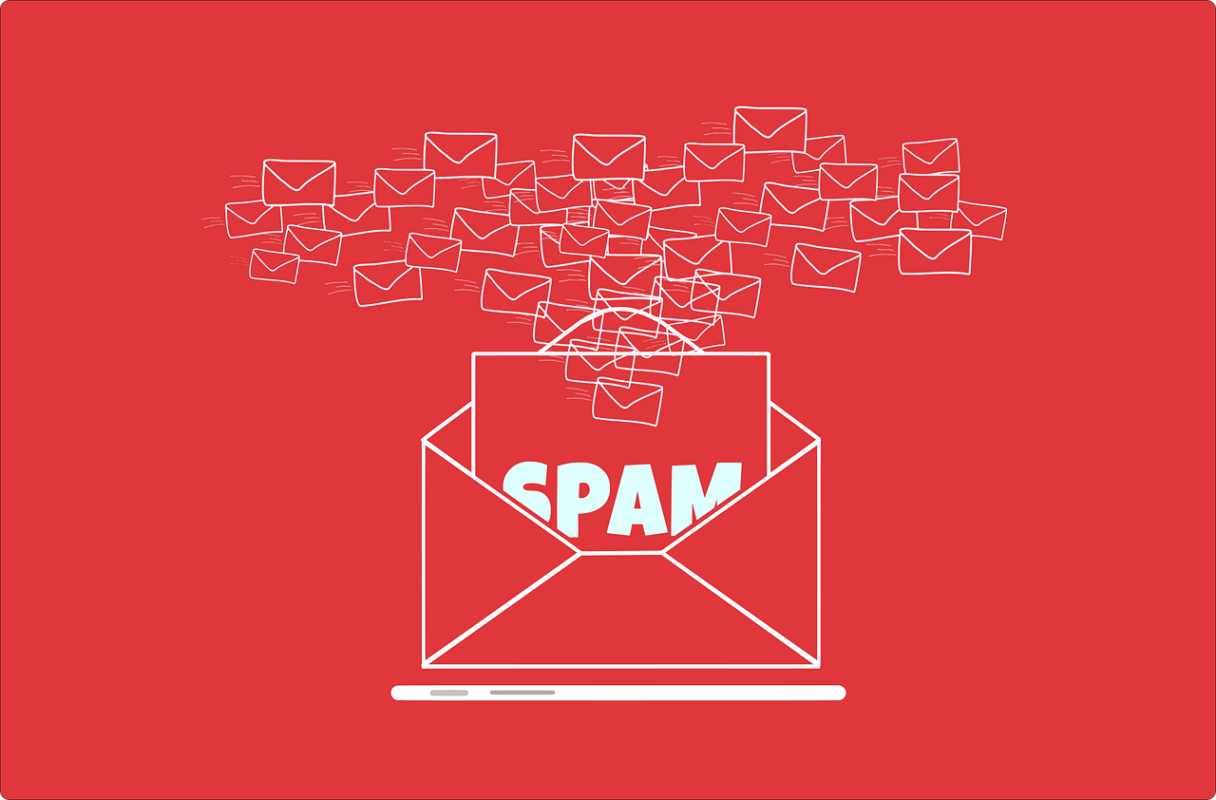Have you spent days creating the ideal newsletter, and it has been marked as spam? This is one of the most recurrent nightmares in the world of digital marketing. We want to help you, so we will show you how to avoid emails going to the junk folder by following certain practices to detect and correct the mistakes that penalize you.
In your email marketing campaigns, you should not only worry about creating lists of subscribers, designing attractive forms and attractive texts. Above all, you must avoid at all costs that your subscribers mark you as spam or that email managers send your messages directly to the spam folder, completely affecting your email campaigns.
Fortunately, there are certain practices and recommendations that you can follow to prevent your emails from being detected as spam. If you are interested in learning more about this topic, do not hesitate to read until the end.
What is email spam?
To understand how to avoid emails going to the junk folder, it is first necessary to understand what it is. A spam email is categorized as junk mail and refers to advertising emails that the user does not request.
It should also be clarified that many people send spam to share fraudulent emails to defraud users by accessing bank account data or card numbers.
For that reason, email clients use a series of ISP filters to prevent this type of email from reaching the inbox. The problem is that this algorithm has its own criteria and restriction levels, which can classify an email as malicious even if it is not.
How do spam filters work?
Antispam filters, created by ISPs, are used to analyze the quality of incoming emails. They consist of a long list of criteria that allow them to classify each email’s quality, enabling them to direct it to the appropriate mailbox automatically.
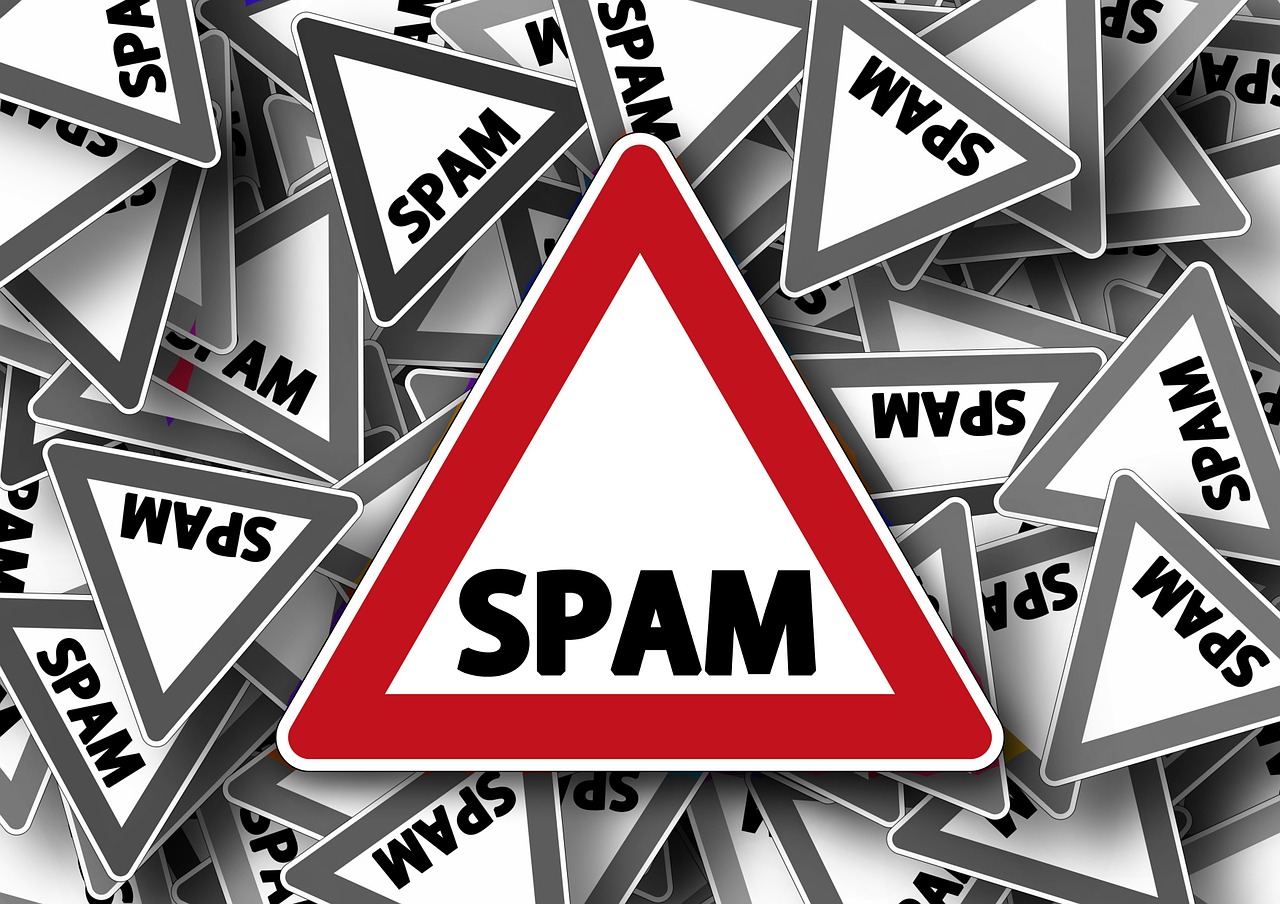
The problem is that not all ISPs have the same levels of restriction and criteria, so maybe your mail arrives perfectly in Gmail inboxes, but in all Outlook inboxes, it is categorized as spam.
If you want your emails to reach the inbox, here are the best practices to avoid the spam folder.
17 Best practices to avoid emails going to junk folder
The algorithms that classify spam mail are usually updated from time to time, so you must be aware of them in order to manage effective email marketing strategies. This will allow you to build a relationship of trust with your followers, and you will not be marked as spam again.
Current recommendations for avoiding the spam folder include:
1. Set up authentication for your account
Email providers such as Gmail, Yahoo, or Outlook request a validation of the sender’s data, called authentication. This allows the platforms to prevent someone from impersonating you.
To successfully pass the authentication, it is necessary to have a complete configuration in the SPF, DMARC, and DKIM records. These steps are absolutely mandatory to be able to send bulk mailings.
Keep in mind that if you do not have any of these aspects configured, your email will not be delivered to the subscriber’s inbox, and consequently, it will end up in the spam folder.
2. Use your own recognizable domain
Many businesses use free email accounts from free providers, which detracts from the professionalism and reliability of your brand. To avoid this, it is necessary to use an email address with your own domain, which identifies you as a company and gives confidence to your subscribers.

This email address will help your brand build a good reputation in the anti-spam filters, preventing your emails from reaching the spam folder. However, make sure you do not change your domain frequently, as this is a suspicious action for the algorithms, and you may be blacklisted.
To create your email with your domain, you can do it from the server of your web page or buy an online email service. They usually have the structure “name@yourcompany.com” and work like any other type of email.
3. Don’t use databases
One of start-up companies’ most common mistakes is using email lists or renting them. This practice may give you some short-term sales, but rest assured that most of your emails will quickly be marked as spam by your subscribers.
According to the data protection law, you cannot send emails to those who have not requested to be part of your list. Therefore, if you purchase or rent any kind of email list, your messages will likely be directed to the spam folder.
In addition, you will have to dedicate a good part of your time to handling complaints from users who receive your emails without their approval.
4. Perform periodic maintenance on your subscribers
Quality is much better than quantity, so don’t focus your efforts on growing your number of contacts, but rather make sure you have subscribers interested in your content. If you have subscribers who ignore all your messages, your account will be at risk, and your future emails may end up emails going to the junk folder.
To avoid this, cleaning out subscribers from time to time is recommended. You can do this by removing those who do not interact with your account or have not opened any of the emails you send for weeks or months.
Some programs can help you to re-engage inactive users automatically. In case of no response in 60 days, the software will unsubscribe them directly. It is an excellent way to manage strategies to avoid being categorized as spam and save time in maintaining contacts.
5. Don’t abuse images and URL shorteners
It is common to use URL shorteners and images to give emails a more aesthetic and professional touch. Still, they can often have harmful repercussions.
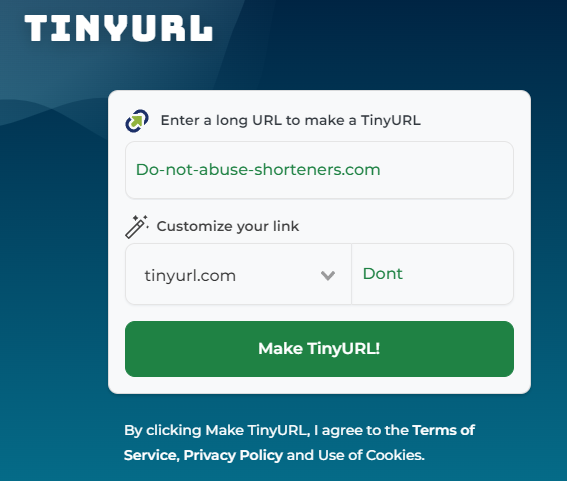
This is because spammers often use shorteners to hide the real landing page with a link. Similarly, image-only emails are often seen as a way of hiding information from anti-spam filters.
To avoid any inconvenience, it is essential that you stop using this type of shortener and that your emails contain not only images but also information.
6. Ask for permission and perform a Double OPT-IN
The safest and most effective way to grow your subscriber list is to use contact forms where people can subscribe voluntarily. If you don’t know, the double OPT-IN technique is based on sending a confirmation email to the user who clicked on a subscription button in your list.
To use it correctly, you must include a double OPT-IN button in your subscription forms. This method will help you avoid being marked as spam and get qualified subscribers.
7. Choose the “Subject” cautiously
One of the best ways to avoid falling into the spam folder is to write an attractive and concise subject line. Be sure to read the rules to avoid getting caught by anti-spam filters.
Among the actions you should take into account when writing your subject line are the following:
- Avoid having your subject line beginning with the phrase “Do you want/like/have..” This phrase has a high rate of probability of falling into spam.
- Do not abuse capital letters.
- Avoid using the terms “Offer”, “Discount”, “Free”, “$”, etc. These types of words are the most sought after by anti-spam filters, as well as special symbols, such as the exclamation mark.
- Use between 20 and 50 characters for the subject line.
8. Do not send attachments
If your objective is to disseminate a catalog or a report in a massive way, you must be very careful. Ideally, you should use or create a landing page on your website where it can be easily downloaded.
The vast majority of free mail servers, such as Gmail, automatically delete email attachments before they reach the inbox. This prevents cybercriminals from taking advantage of the situation.
9. Take care of the content of your emails
Another way to avoid being marked as spam is to create and take care of the content you are going to share. Ideally, you should use natural and colloquial language so that anti-spam filters do not see it as suspicious.
You can add some color to the email by adding a background that pleases the eyes and allows the message to be read without problems. Also, whenever you write an email, use the same font, colors, and sizes since messages with different fonts and spelling mistakes are a clear spam alert.
10. Re-engage your contacts
It is normal that some of your subscribers are not convinced by your content, so ignoring your messages can influence your future Emails may end up going into junk folder. Also, some people tend to delete emails without even opening them or, worse, mark them as spam.

Why do they do this to you? If you think you are doing everything right, but your emails do not arouse the interest of your contacts, it may be due to the following:
- You use very commercial language.
- The frequency of your emails is not right.
- You don’t include an unsubscribe link.
- Your emails do not touch on relevant topics.
11. Ask your subscribers to add you to their contact list
Nowadays, spam filters are much more demanding and rigorous, so sometimes people subscribe to specific companies to read their emails, but they all go directly to junk mail.
To avoid this, the sender must be part of the subscriber’s contact list, so ask your subscribers to include you in it. You will see that they won’t end up in the spam folder again.
12. Include your identification and contact information
Although it is not mandatory, it is always more reliable if you identify yourself as the sender and include your contact information. This way, subscribers can know at a glance who the email is from and will frequently consume your content.
If you use the typical “no-reply” addresses, you will only encourage your subscribers to ignore you and not respond to you. Remember, to make the best impression, you should stay away from free email server accounts.
13. Define a schedule for sending emails
One of the key factors to succeed in your email marketing campaigns is to send emails at the right time. Keep in mind that emailing at 2, 3, or 4 a.m. will not have much impact because nobody will read it.
This is an important point in a marketing strategy since anti-spam filters tend to look at the time when humans usually send and receive emails. Therefore, if you send your newsletter at the wrong time, it will be seen as suspicious, and your message may be sent to the spam folder.
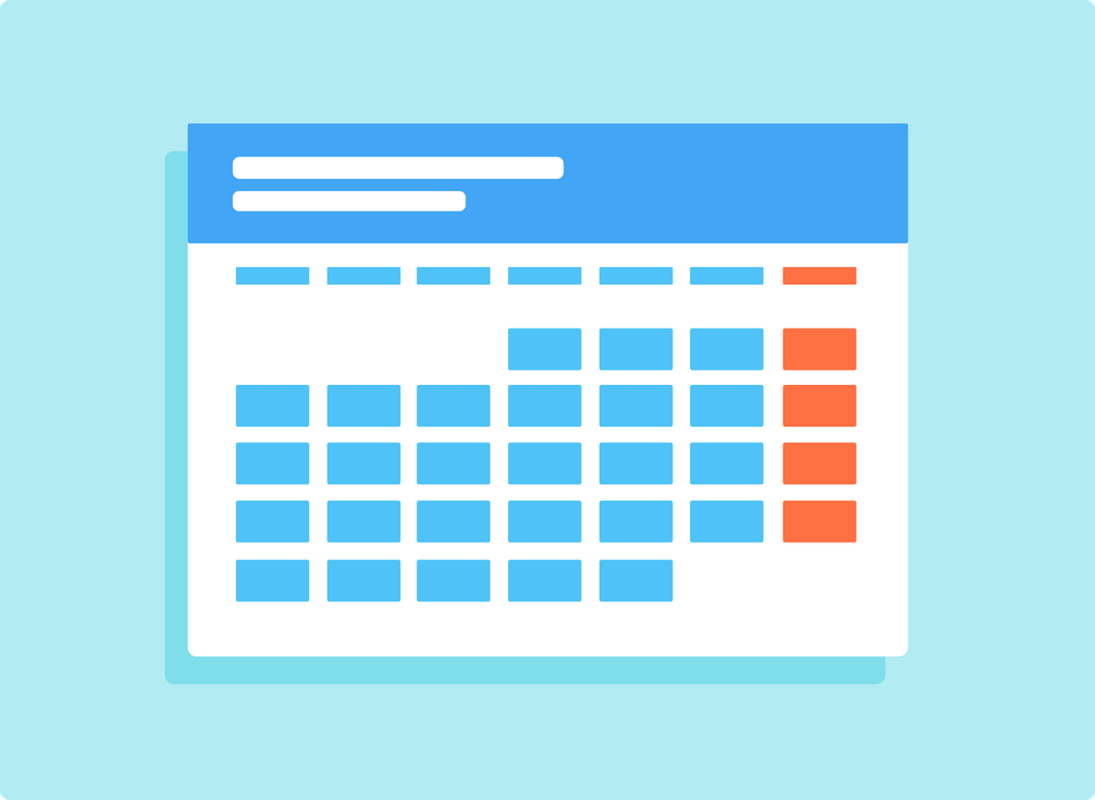
There is no fixed range of hours to send your emails, as this is defined by your marketing strategy. However, it is recommended that you avoid times above 5:00 p.m. and below 6:00 a.m.
In case your audience is around the world, you can use the segmentation option to schedule mailings according to the time of the geographical location, which allows all mailings to arrive at the correct time.
To improve the reputation of your domain, you should configure the speed at which your emails are sent. It is recommended to be at a low speed.
14. Test your campaigns before starting
Testing your campaigns is a vital action. You can do this by sending a few emails to determine if they reach the inbox or go directly to the spam folder.
In case they reach the spam inbox, you should pause the campaign and make the changes you consider necessary to reach your target audience.
If you do not have knowledge in this area, or if you want the help of an expert to check that your campaigns reach the inboxes, you can consult with our team to warm up your email and get a better open rate.
15. Always add an unsubscribe link
Although it may seem counterproductive, your emails must have an unsubscribe button. Otherwise, many email providers will consider it spam. You need to ensure that the button is visible and not hidden in the footer of the email.
Why is it important not to hide the button? With a visible link, the user can unsubscribe without having to click on the “Mark as spam” button, which lowers your reputation and results in your emails only reaching the spam box.
16. Analyze and test your metrics
You must periodically run the popular A/B tests in your email marketing campaigns. This will allow you to know what is working and what is not, which gives you a broader perspective of the results.
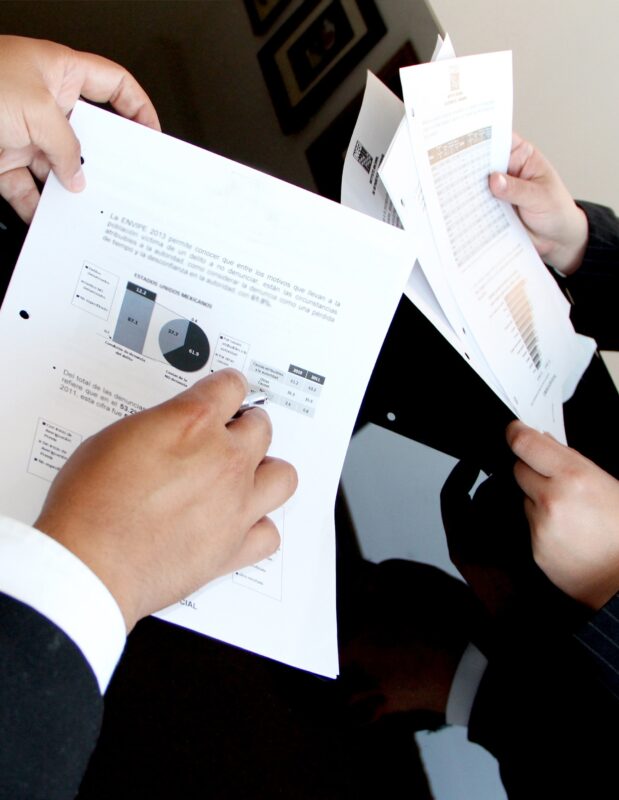
Best of all, good email marketing providers usually allow this option, giving you access to all the data to make new decisions and redirect the trajectory of your campaigns.
Don’t know which metrics to pay attention to? You should mainly look at the following:
- Click-through rate.
- Open rate.
- Responses or complaints you receive from emails.
17. Do not mislead your subscribers
Avoid making false promises at all costs, as you will be marked as spam. It is essential that the email subject line is aligned with the content of the email, as spammer emails usually promise something in the subject line that is not mentioned in the body of the message.
When you send emails with subject lines that make false promises, users do not read the text; on the contrary, it increases the probability of being marked as spam. Always try to write clearly and be sincere with the subscribers.
Frequently Asked Questions (F.A.Q)
How many emails can be sent per campaign?
To avoid attracting the attention of anti-spam filters, you can start with a minimum number of submissions and gradually give your domain or IP a better reputation. Little by little, the ISPs will adapt to the number of submissions.
Which emails end up going into junk folder?
As we saw above, many factors may be responsible for emails going to the junk folder.
If your email is considered suspicious by ISPs or marked as spam by the recipient, it will automatically fall into this folder.
Why do I receive spam emails?
If you periodically receive messages in your spam mailbox, your account is probably included in a database that is rented or sold to third parties.
Conclusion
If you have taken the time to read this far, you now know how to avoid emails going into junk. If you follow all the tips mentioned above, the chances that subscribers will read your message are very high. As you build a good reputation, it will be easier to avoid being marked as spam.
Remember that the spam folder only serves to keep users away from fraudulent or annoying emails, so don’t hate it. In fact, if you do things right, you will have an advantage over your competition, as they will go straight to the spam folder.
If you don’t know how to warm up your mail, you can contact us, and we will guide you to a life free of the spam folder.

